Description
For senior/graduate-level courses in Discrete-Time Signal Processing. THE definitive, authoritative text on DSP — ideal for those with an introductory-level knowledge of signals and systems. Written by prominent, DSP pioneers, it provides thorough treatment of the fundamental theorems and properties of discrete-time linear systems, filtering, sampling, and discrete-time Fourier Analysis.
By focusing on the general and universal concepts in discrete-time signal processing, it remains vital and relevant to the new challenges arising in the field —without limiting itself to specific technologies with relatively short life spans.
Provides a new chapter organization reflecting the fact that students in graduate signal processing coursesnow have no process exposure to the Z-transform.
Alan Oppenheim includes several dozen new problem-solving examples that not only illustrate key points, but demonstrate approaches to typical problems related to the material.
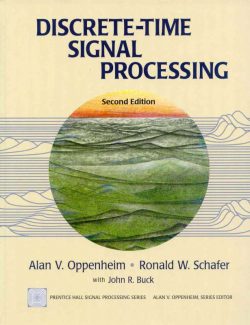

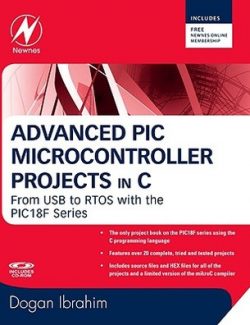
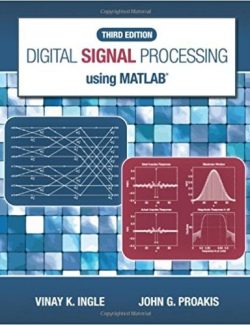
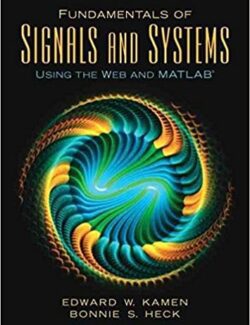
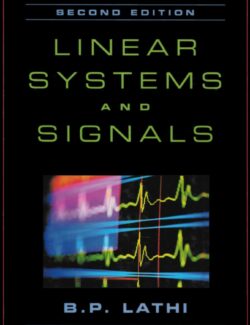
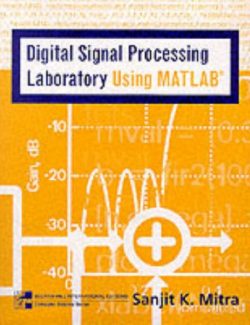
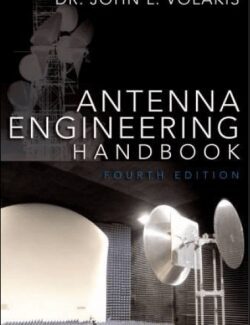
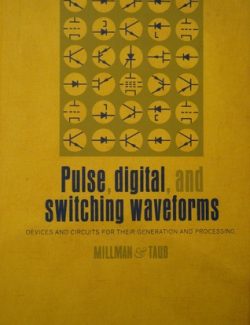
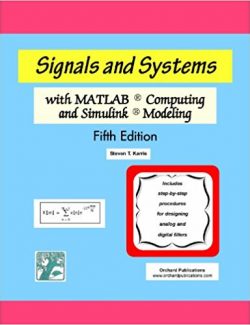
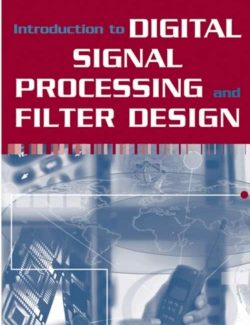
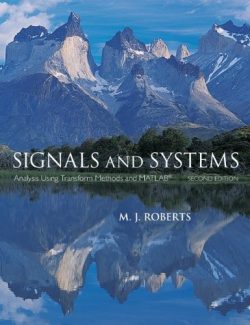
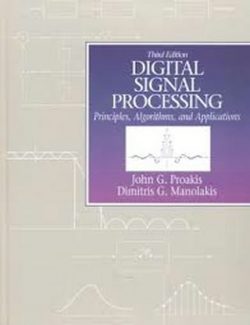
Leave us a comment
No Comments